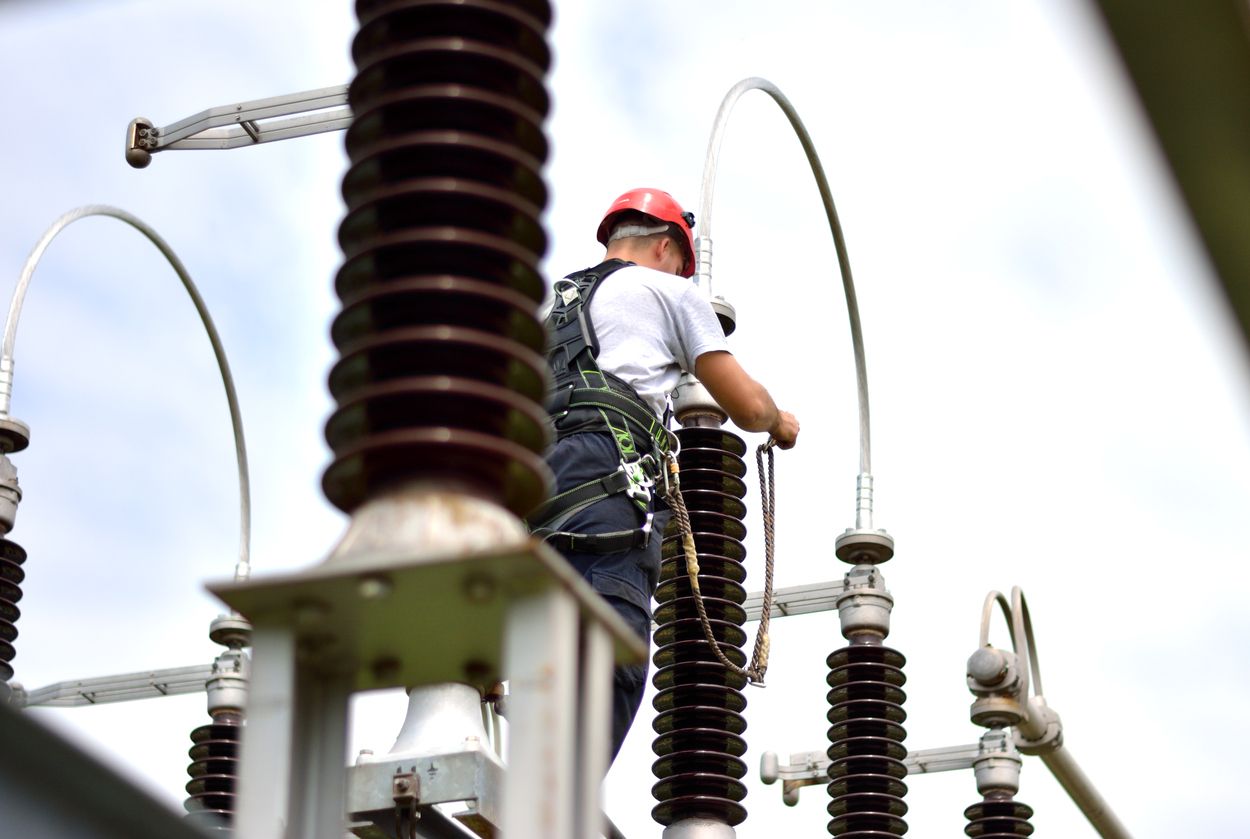News:
Researching problem issues confronting our clients is a critical component of the services we provide. The resulting analyses factor significantly in our on-site actions, particularly when safety is a concern. Please call us for more detailed information.

A short circuit analysis is used to calculate the short circuit fault currents at every location in the electrical distribution system. These calculated currents are evaluated against the electrical equipment ratings to determine if there are any deficiencies in the system. Under-rated equipment can result in destructive equipment failures during faults and can have a devastating impact on personnel safety.

Circuit breakers, electromechanical and solid-state relays, and fuses are all used to keep your electrical system protected. CTC engineers are highly skilled in selecting and properly setting these devices to keep your system protected and preserving a continuation of service.

Our clients depend on our ability to identify electrical hazards for the safety of employees. An arc flash & shock hazard analysis is a big part of that process and is used to calculate the arc flash incident energy and approach boundaries. Appropriate levels of personal protective equipment (PPE) are then identified with equipment labeling to help keep employees safe. We also provide safety training classes related to arc flash and shock hazard protection. NFPA-70E requires an arc flash analysis to be performed every five years.
We also provide safety training classes related to arc flash and shock hazard protection. NFPA-70E requires an arc flash analysis to be performed every five years.
Whenever our clients are adding new equipment or loads, we can perform an analysis of the electrical system and determine whether it has the capacity to handle the new loads. If the system requires more power, we recommend the best way to proceed and can provide design services for those system upgrades.
Newer technologies have made power distortion more prevalent. CTC has the capability to measure power system harmonics. Utilizing IEEE 519 guidelines, excessive harmonics in your system can be identified and solutions offered to correct it. We also advise clients on the proper harmonics for new projects. By modeling the harmonic sources in power analysis software, we can predict if unacceptable levels of harmonic distortion occur and offer alternate design options before any equipment is purchased.
Poor power factor can have a financial impact on your electrical utility bills. Utilities will often add fees if the power factor drops below a certain threshold (typically 0.8). These fees can often be easily eliminated with the installation of power factor capacitors. For many clients, a positive return on investment occurs within a couple of years.
Transient events, such as voltage sags and spikes, can cause unacceptable momentary power outages. Equipment and processes that are interrupted can take time to reset and restart, costing companies with lost production. Utilities often provide no explanation or solution for these outages. CTC can provide unique solutions that will allow systems to ride out these momentary disturbances and keep your production and processes running.
In 2020, the Village of Union City Electrical Municipality, in south central Michigan was undergoing expansion with an expected industrial expansion. However, the municipality’s substation was outdated and near its maximum capacity. As a result, the substation would not be able to handle the extra load required to power the expansion. Additionally, there was an extremely tight deadline to meet the new load demand as promised to the new business owners.
Union City retained CTC Engineering to solve the problem. CTC engineers determined what the new load requirement would be with the expansion. As part of the upgrade, the company acquired previously owned equipment with “like new” warranties, which resulted in reduced capital funds. Additionally, using a medium voltage switchgear fabricator, was able to obtain a new 15kV breaker lineup in a timely fashion.
While all of this was being done, our engineers designed the substation’s renovation schedule. Working with two contractors, a work scope of underground and overhead work was developed by CTC, directing the project from start to finish with its engineers regularly on site.
A project of this nature often takes up to 18 months to complete. With CTC in charge, the work was finished in six months, which was the deadline set by Union City. The project also was completed under budget. As promised, the upgraded substation was able to comfortably handle the new load requirement.
“I was very impressed with the work CTC completed and am very pleased. It was a big undertaking with lots of twists and turns along the way. But CTC met the challenge every time.” Chris Mathis, village manager